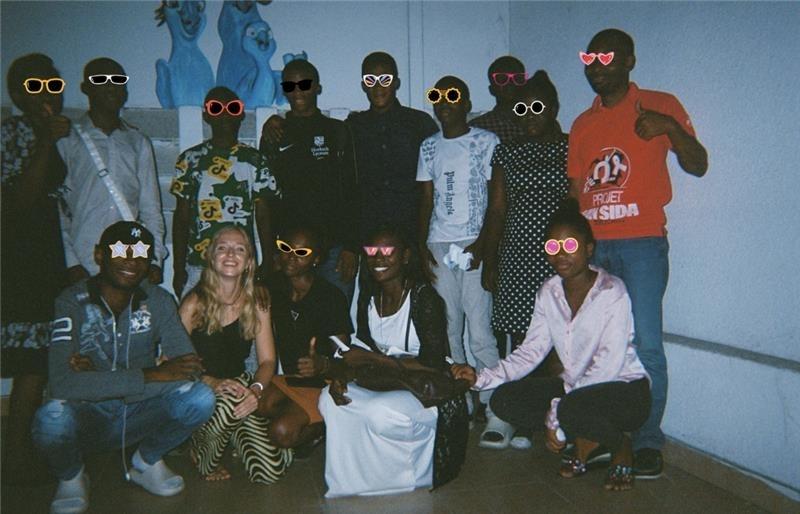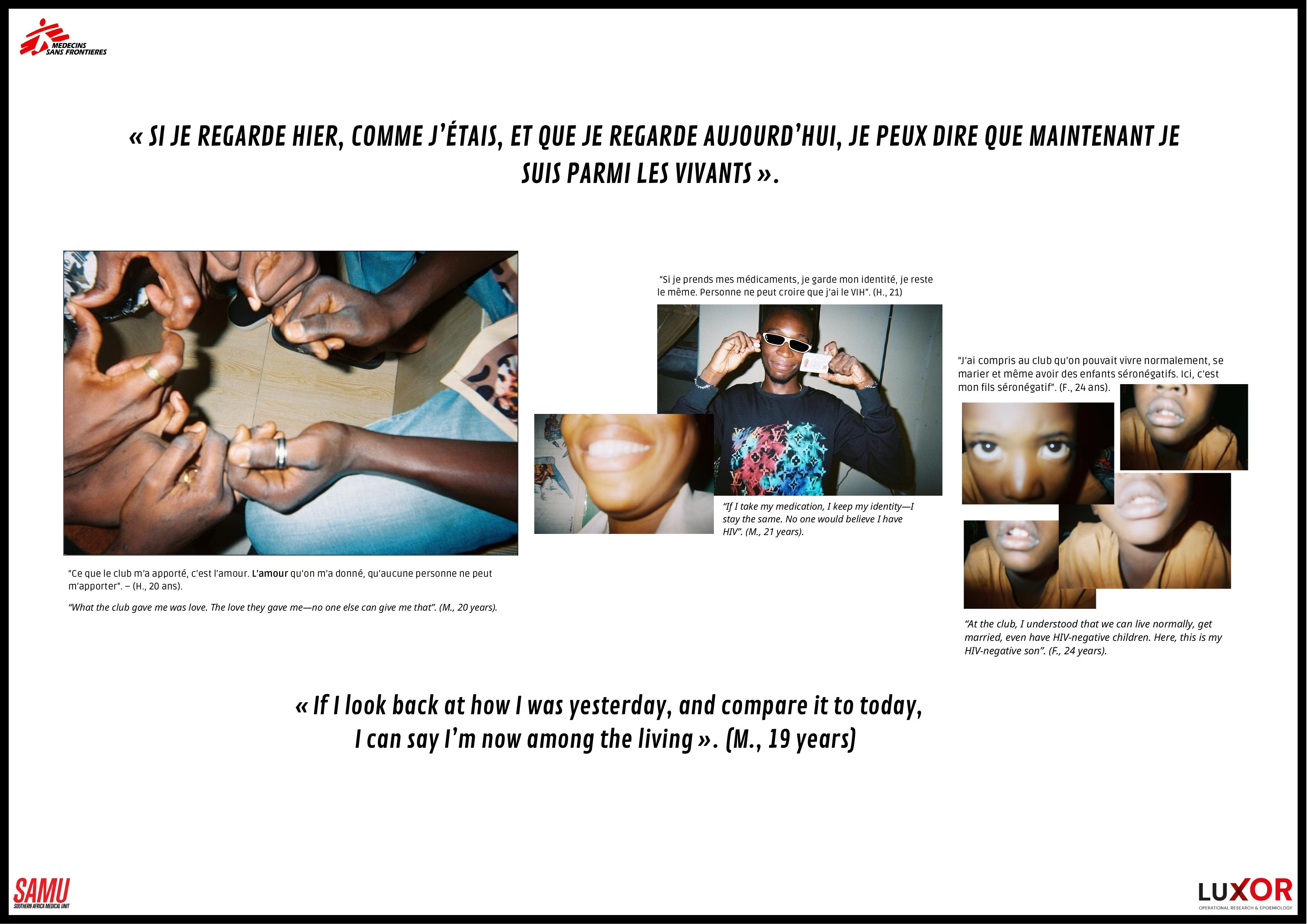Exploring youth living with HIV clubs in Kinshasa
In sub-Saharan Africa, HIV remains the second leading cause of death among adolescents aged 10 to 19. This high rate is partly explained by an increased risk of treatment interruption at this age: young people living with the virus often have a higher viral load than adults. In Kinshasa, DRC, despite a relatively low prevalence (1.6%), stigma remains a major barrier to access to care.
To meet these challenges, Médecins Sans Frontières (MSF) and the Jeunesse Espoir association set up clubs dedicated to young people living with HIV in 2019. These spaces offer psychosocial support, adapted care and a place of free expression. But while the model seemed promising, it was still essential to better understand how the main stakeholders perceive it.
It is with this in mind that operational research was conducted by anthropologist Emilia Brazy-Nancy, using a classic anthropological methodology, with individual interviews, group discussions but also a participatory method called photovoice – which invites teenagers to document their daily lives in images. The objective: to report on their experiences, but also to identify with them the limits and levers of the club's system.

When images speak what the photovoice method reveals

Little used in this type of context, the Photovoice method has proven to be particularly suitable for exploring sensitive, often taboo subjects, such as HIV-related stigma. It stands out above all for its participatory approach:
"The Photovoice methodology breaks away from the often-colonizing nature of traditional research, by actively involving participants not only in data collection, but also in data analysis," says Emilia.
Ten teenagers, members of two HIV clubs, received disposable cameras with a double instruction: to illustrate the personal changes they have experienced since joining, and to show how the club helps them cope with the challenges of everyday life, including the stigma associated with their status. They produced more than 200 photos telling the story of their daily lives, between joys, fears, links with the club and situations of exclusion.
What words might not have expressed; images have made visible. Some of the photos revealed forms of stigma experienced within families – a subject rarely discussed in clubs or during interviews. For Emilia, this has highlighted a "strategic silence": many young people prefer to keep quiet about their family suffering.
One story stood out to her: that of a young man who photographed a dark room in his house. He explained, in an individual interview, that he had been locked up there for six months, the door padlocked. An episode that he did not want to share in a group, so as not to expose his mother "to shame". This testimony illustrates the complexity of many journeys, between rejection and family attachment.
But the young people did not only photograph their suffering. Through their images, they also wanted to tell their strengths, their dreams, and the positive changes experienced thanks to the clubs. During the workshops, they sorted their photos themselves, bringing out collective themes such as hope, the future or support:
"Those moments were very joyful. Research became a space for valorisation rather than painful introspection."
This method, which is ethically demanding, has been rigorously supervised. Photography training workshop, informed consent of all stakeholders, anonymity, selection of images: each step was discussed with the participants. Particular attention was paid to photos showing personal places or relatives, to avoid any unintentional exposure of the HIV status.
Restituting, discussing, acting: a collective search
The results were first presented to the club leaders1, before being shared with a range of actors involved in the fight against HIV in the DRC.
"Too often, research is limited to the publication of results, without any real transmission to the stakeholders who are essential to advance actions on the ground. This is why I think it is crucial that projects include a component dedicated to the dissemination of research results from the outset. Researchers also have a role to play: to popularize their work, to make it accessible and understandable. It is knowledge transfer — the indispensable bridge that connects the production of scientific knowledge and its practical application."
It is with this in mind to link research and action that Isabela Salim, HIV Project Advocacy and Emilia organized a deliberative workshop, directly involving local partners in the development of the final recommendations. Based on this workshop, a policy brief was produced, identifying the main recommendations co-formulated with the multiple partners.

"Collective intelligence makes the difference," emphasizes Emilia. By bringing together facilitators, local associations and institutional representatives, the workshop made it possible to cross-reference experiences, to bring nuances and to bring out new ideas, which are essential for refining the recommendations. It also opened a space for dialogue between actors who did not yet know each other, thus laying the foundations for future collaborations.
Among the recommendations resulting from these exchanges to expand and consolidate the clubs: better supervise the announcement of HIV status to minors, facilitate the transition to adult care, recognize and institutionalize the role of facilitators, and create new clubs for young people over 25 years old.
The impact of this research was not long in coming. The day after the workshop, a donor expressed interest in extending the model to other areas of Kinshasa. Discussions are underway with MSF to formalize a partnership and support this dynamic.
This rapid mobilization illustrates the relevance of a participatory approach to explore models of care adapted to the realities of fragile contexts. By combining the photovoice method, which is particularly appropriate for exploring the experiences of young people living with HIV, with a rigorous knowledge transfer approach, the study identified concrete ways to improve the functioning of youth clubs, better meet the needs of the people concerned and facilitate their scale-up.